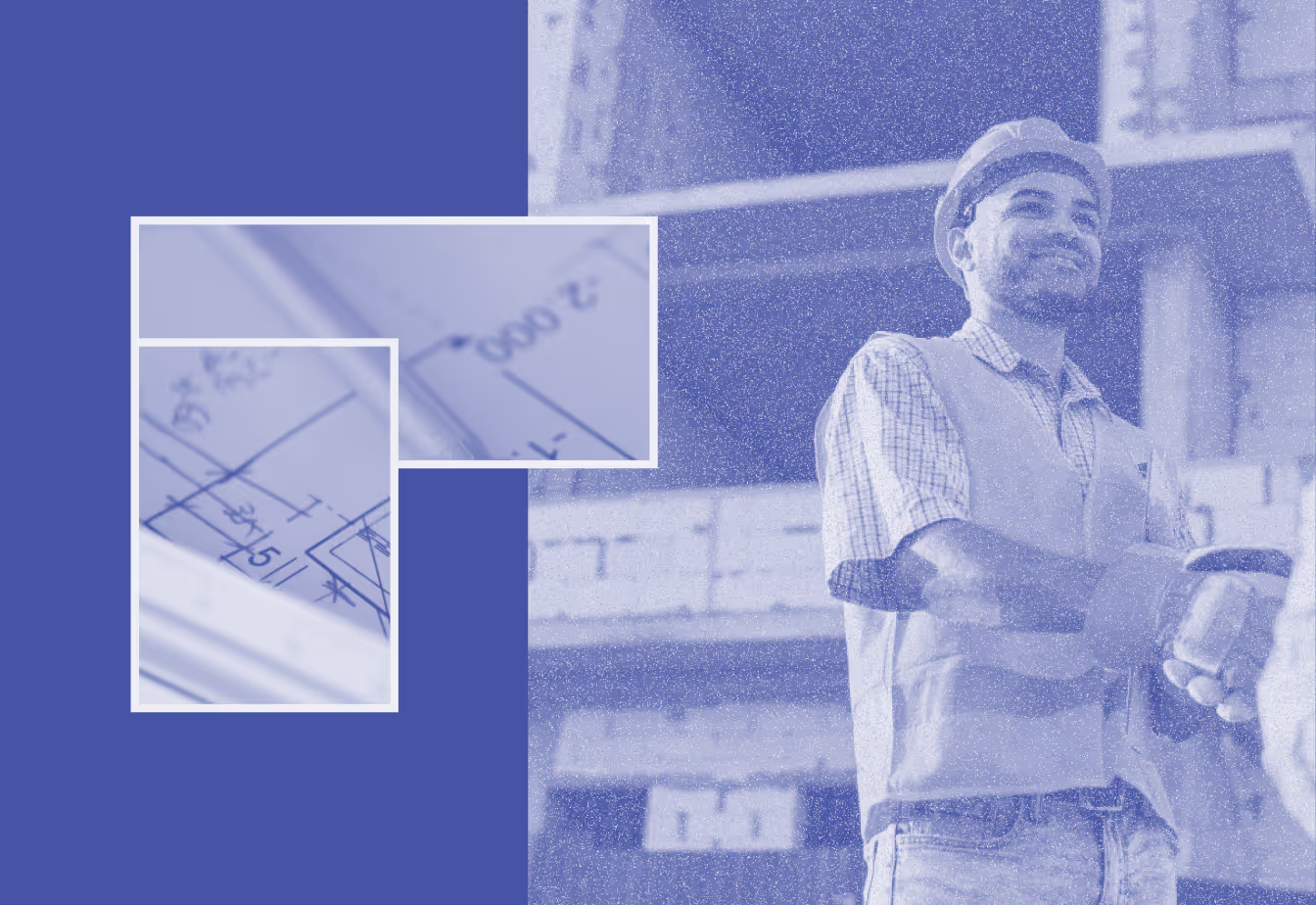Resources
Blog
Featured
Thank you! Your submission has been received!
Oops! Something went wrong while submitting the form.

Blog
Infographic: Construction Loan Administration 2018 Survey Results
If time is money, then construction loan administration is ripe for innovation that leads to faster disbursements.
Construction Finance
Real Estate Development

Blog
Why Rabbet Integrates with AP and Accounting Systems
Rabbet has always cared about paying invoices faster. By helping development and accounting more seamlessly connect, we help eliminate burdensome and error-prone tasks from the process and make payments move faster in the construction industry
Construction Finance
Real Estate Development
🤷
No results found.
Please try different keywords.
Subscribe
Subscribe to our newsletter to stay up to date















